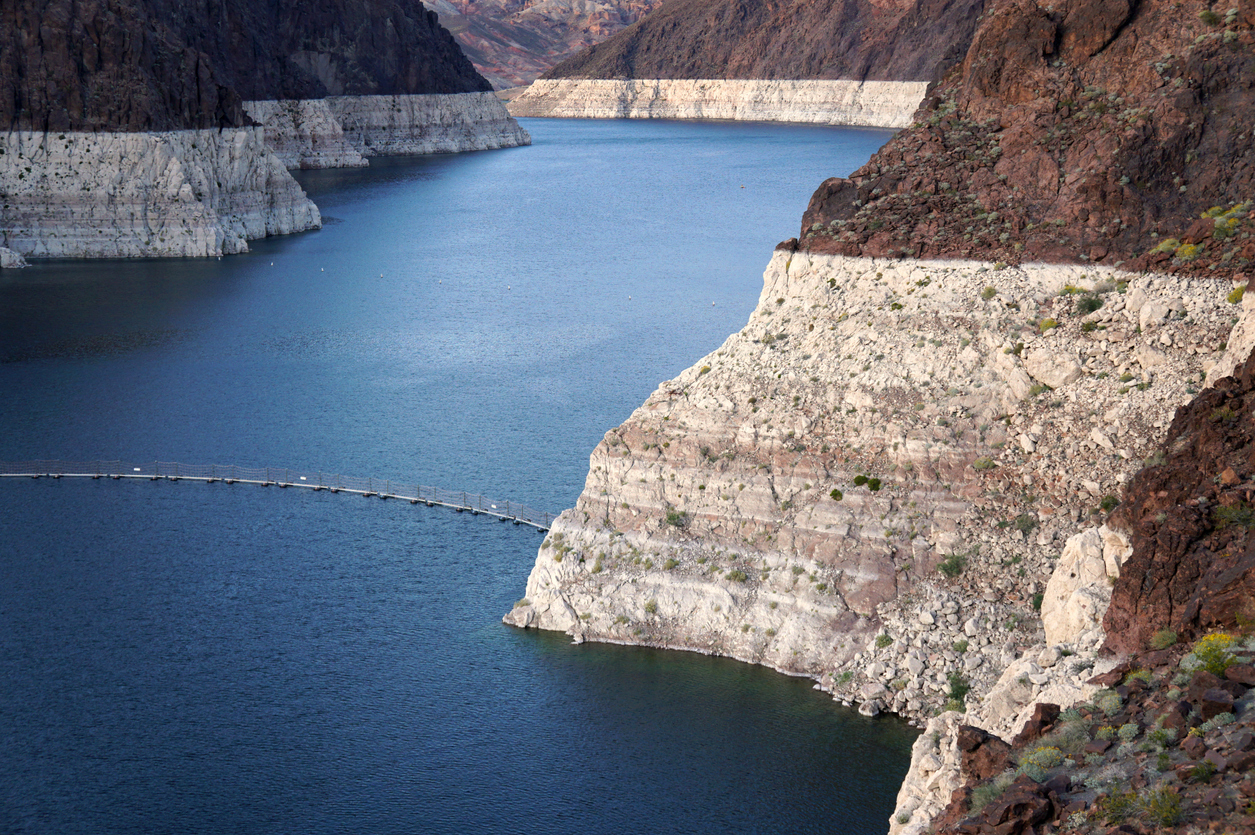How to build your trust reservoir before a crisis strikes
Every organization will face a trust drought. The key is preparing now.

For 23 years, the Colorado River has kept drinking water plentiful for residents near Lake Mead and Lake Powell, two huge reservoirs located a few hundred miles apart along the river. Without the reservoirs, tens of millions of people would be hard-pressed to have clean water for washing and drinking, because a drought has existed in these regions for all of those same 23 years.
On the surface, a reservoir is just a body of water. But to the people who rely on it in, it is a source of safety, security, and health. It means that when the rain doesn’t fall, everyone can still drink water, wash their hands and play with the kids.
Reservoirs provide lots of other security. Savings accounts are financial reservoirs for when medical bills or layoffs provide a cash flow drought. There are 12 people on every basketball team, not five, because a reservoir of players means injury or illness to the starters doesn’t have to be a crisis.
Businesses need all sorts of reservoirs – financial, in case of a recession or a lawsuit; for the team, in case someone leaves or is ill; and in trust with customers and other stakeholders, in case a crisis lands on the doorstep.
For residents near Lake Mead and Lake Powell, filling the reservoir had to happen well before the drought. Likewise, people must build savings well before being out of work, and businesses can’t just hope that people trust their product, service and brand.
As PR professionals, it’s our job to fill the trust reservoir long before our organization needs it. If we wait until the crisis hits, we’ll be sucking on hot sand instead of cool, clean water.
How do you build a trust reservoir?
You can’t fill a reservoir without water, and you can’t build trust without real value behind the campaign. The best trust reservoir is formed with:
- A great product or service that serves the right market.
- Fantastic customer service, because people come back if they trust you.
- An excellent company culture, because great employees are critically important to filling the reservoir.
- Spreading the message. If nobody knows the reservoir exists, you can’t use it.
The only way to build a great trust reservoir is to have great messaging which is built upon and reinforced by what happens every day. Surround-sound marketing and branding reaches target audiences everywhere they look – from the sign on the door and the checkout experience to earned media coverage and the email newsletter. And just as a reservoir is built upon millions of gallons of water, reputational reservoirs are built upon a long-term investment into ounces, then liters, and then gallons of trust.
What if there’s a trust drought?
It’s rare that a total drought will hit a profitable company which has honestly earned trust with key stakeholders. Sometimes, that’s because of market dominance. United, for example, survived its then-CEO blaming a passenger for getting beat up in 2017; and the NFL gets more viewership than ever despite being pilloried for political, racial, and mental health issues.
But local restaurants can’t rely on market dominance when interfacing with hundreds of customers each day. Customers can turn perceived or actual bad experiences with waiters, food and prices into bad reviews or viral videos. The best restaurants build trust through thousands of positive experiences and deft handling of everyday customer challenges. That way, should a crisis like a bad state inspection or a fight take place, the owners and managers can fix the problem before the reservoir goes empty.
The same principles apply to pet stores, which are closely watched by regulators and animal rights activists; banks and payroll companies, which are at risk of getting hacked; and legal firms, which are paid to help clients avoid regulatory challenges, court losses and other issues. A single sick dog, hack or loss in court could spell disaster for a company which hasn’t built a deep, well-designed trust reservoir.
Every business will face a drought at some point in its life cycle. You may be falsely accused of something by a customer, employee or regulator; you may be affected by macro factors like a recession, supply chain challenges or a trust issue within the wider industry; or your organization may have made a genuine mistake (or two, or three).
That’s when you need to be ready with a plan to earn back the trust you’ve lost before the reservoir empties. How you change the narrative depends upon many factors – including whether silence, pushing back or enacting changes to prevent future incidents is your best course of action.
Again, a trust reservoir is built long before it’s needed, just like Lake Mead and Lake Powell were opened in 1935 and 1964, respectively – decades before the 23-year drought started. And because of that preparation, millions of people are drinking water, washing their hands, and playing with water guns instead of dying of dehydration.
Dustin Siggins is founder of the publicity firm Proven Media Solutions. Keith Pillow is president of the marketing consulting firm Caddy Marketing and Communications.






